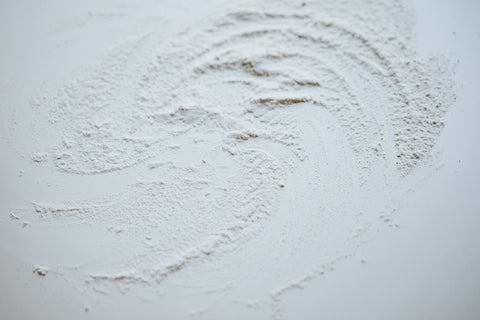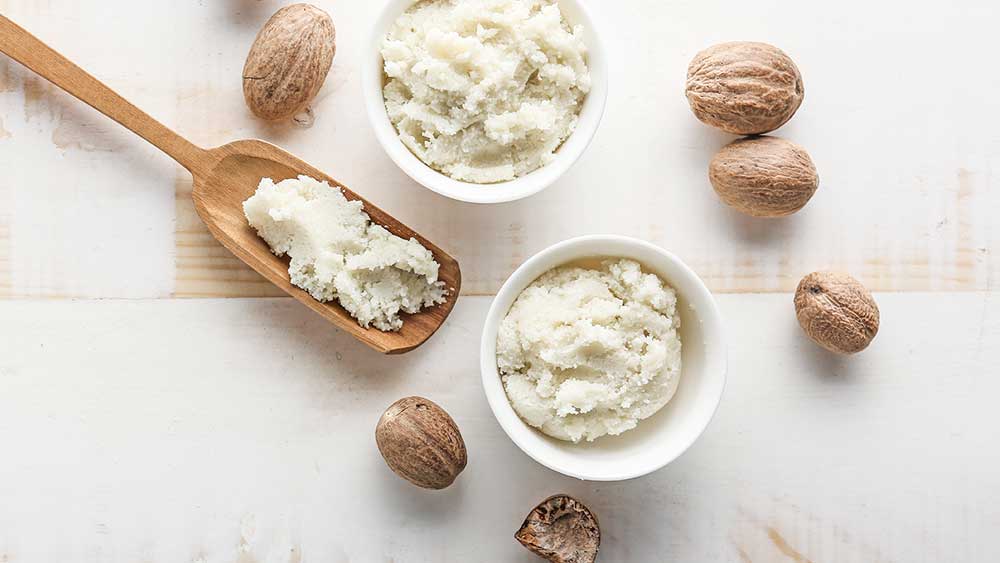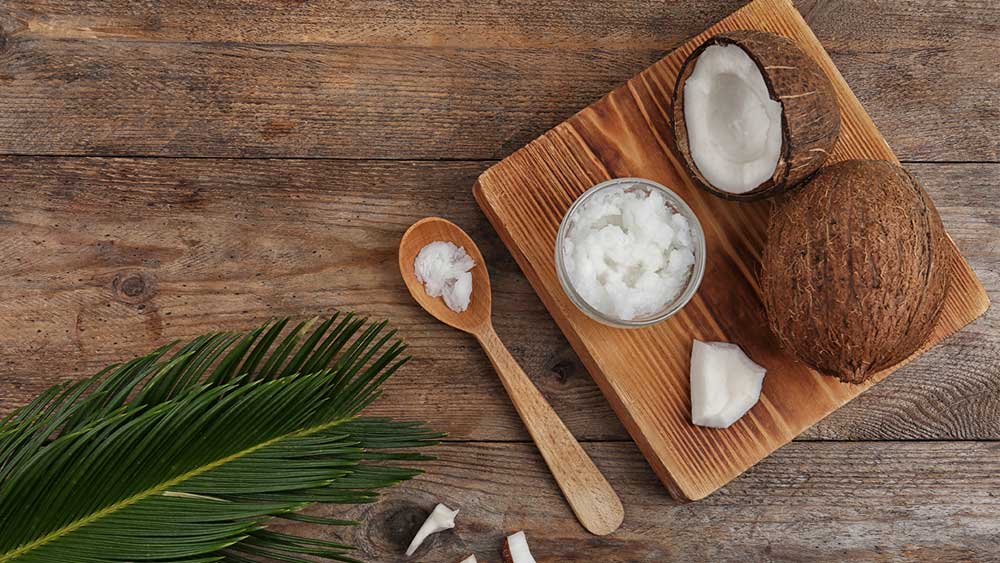
Potassium sorbate
Learn all about potassium sorbate, including how it's made, and why Puracy uses potassium sorbate in our products.
- Derived from: Mountain Ash trees
- Pronunciation: (\po·tas·si·um\ \ˈsȯr-ˌbāt\)
- Type: Naturally-derived
What Is Potassium Sorbate?

Potassium Sorbate is an odorless and tasteless white crystalline powder, pellet, or granule that is the potassium salt of sorbic acid.[1] Sorbic acid occurs naturally in the berries of the mountain ash (Sorbus aucupario L. Rosaceae), making it a natural and organic compound.[2] This chemical additive is commonly used to stop the growth of mold, fungi, and yeast, as well as a preservative to prolong the shelf life of food.
What Does Potassium Sorbate Do in Our products?

Potassium Sorbate is a preservative; it keeps microorganisms from growing. It is a common ingredient in cheese, baked goods, juice, produce, wine, soda, pickled products and some protein products.[3] Potassium Sorbate in also present in thousands of personal care products, including shampoo, conditioner, body wash, moisturizers, makeup, sunscreen and other items.[4] It dissolves in alcohol and slightly in water.[5]
How Potassium Sorbate Is Made

The main component of potassium Sorbate, sorbic acid, occurs naturally as para-sorbic acid in berries of the mountain ash tree. However, it is often synthesized by various processes.[6] This can include, for example, condensing crotonaldehyde and acetic or malonic acid in pyridine solution, condensing crotonaldehyde and ketene in the presence of boron trifluoride, and other processes.[7]
Potassium Sorbate is manufactured by reacting sorbic acid with an equimolar portion of potassium hydroxide. The manufacturer then crystallizes the resulting potassium Sorbate from aqueous ethanol.[8]
Is Potassium Sorbate Safe?

If you’ve ever wondered, “Is potassium sorbate bad for you?” learn more about the safety of this ingredient when it comes to your health and the environment.
Common Concerns
- Cancer: Low risk
- Allergies and Immunotoxicity: Moderate risk
- Development and Reproductive Toxicity: Low risk
- Use Restrictions: Low
Health Safety
There has been some research showing that in some rare cases when used in cosmetics or skincare products, potassium sorbate may cause skin allergies for some people. However, Potassium Sorbate is safe for everyday use in small amounts and is safe to eat according to the FDA. For topical application, a concentration of no more than 0.2% is unlikely to constitute a safety hazard.
Environmental Safety
As an organic compound derived from mountain ash berries, the ingredient is readily biodegradable. This natural compound is also not suspected to be bioaccumulative.
Why Puracy Uses Potassium Sorbate

We use potassium Sorbate in several of our products as a preservative, and it is better than harsh alternatives such as formaldehyde. The Cosmetics Ingredient Review has deemed the ingredient safe for use in cosmetics, and Whole Foods has deemed the ingredient acceptable in its body care quality standards.[9,10,11] The FDA has deemed the ingredient Generally Recognized as Safe,.[12] In addition, several studies show the ingredient is not a strong skin or eye irritant or sensitizer.[13,14,15,16,17,18,19,20,21] Studies also show the ingredient has antimicrobial activities.[22,23,24]
Sources
[1] Cosmeticsinfo.org
[2] Personal Care Council
[3] Cosmeticsinfo.org
[4] Environmental Working Group
[5] Personal Care Council
[6] Cosmeticsinfo.org
[7] Personal Care Council
[8] Personal Care Council
[9] Whole Foods Market
[10] Personal Care Council
[11] Personal Care Council
[12] Food and Drug Administration
[13] CTFA. (Dec. 5, 1983). Submission of unpublished data by CTFA. “Report of a human skin test of cumulative Irritation.” CTFA No. 3-l-12. Available for review: Director, Cosmetic ingredient Review, 1110 Vermont Ave., N.W., Suite 810, Washington, D.C. 20005
[14] CTFA. (Dec. 13, 1979). Submission of unpublished data by CTFA. “The study of cumulative irritant properties of a series of test materials.” CTFA No. 3-l-15. Available for review: Director, Cosmetic Ingredient Review, 1110 Vermont Ave., N.W., Suite 810, Washington, D.C. 20005
[15] CTFA. (Dec. 13, 1979). Submission of unpublished data by CTFA. “The study of cumulative irritant properties of a series of test materials.” CTFA No. 3-l-15. Available for review: Director, Cosmetic Ingredient Review, 1110 Vermont Ave., N.W., Suite 810, Washington, D.C. 20005
[16] CTFA. (May 13, 1986). Submission of unpublished data by CTFA. “Protocol, repeated insult patch testing of bronzer.” CTFA No. 3-I-16. Available for review: Director, Cosmetic Ingredient Review, 1110 Vermont Ave., N.W., Suite 810, Washington, D.C. 20005
[17] CTFA. (May 13, 1986). Submission of unpublished data by CTFA. “Protocol, repeated insult patch testing of moisturizer.” CTFA No. 3-l-19. Available for review: Director, Cosmetic Ingredient Review, 1110 Vermont Ave., N.W., Suite 810. Washington, D.C. 20005
[18] CTFA. (Aug. 24. 1983). Submission of unpublished data by CTFA. Report No. PI-3102. “Evaluation of potential hazards by dermal contact, Test material: SCS-IO, GMEH No. 2173.” CTFA No. 3-l-32. Available for review: Director, Cosmetic Ingredient Review, 1110 Vermont Ave., N.W., Suite 810, Washington, D.C. 20005
[19] CTFA. (Aug. 24, 1983). Submission of unpublished data by CTFA. Report No. PI-3101, “Evaluation of potential hazards by dermal contact, Test material: SCS-13, CMEH No. 2173. CTFA No. 3-1-33.” Available for review. Director, Cosmetic Ingredient Review, ‘I 110 Vermont Ave., N.W., Suite 810. Washington, D.C. 20005
[20] CTFA. (July 25, 1983). Submission of unpublished data by CTFA. GMEH 2160, SCS-5002-O U.K., “Repeated insult patch test, 56 subjects, Final Report,” HRL 83-114. CTFA No. 3-l-34. Available for review: Director, Cosmetic Ingredient Review, 1110 Vermont Ave. N.W., Suite 810, Washington, D.C. 20005
[21] CTFA (July 20, 1983). Submission of unpublished data by CTFA. Report GMEH 2157-6, “Repeated insult patch test for evaluation of dermal irritancy/sensitization in human subjects.” CTFA No. 3-l-35. Available for review: Director, Cosmetic Ingredient Review, 1110 Vermont Ave., N.W., Suite 810, Washington, D.C. 20005
[22] Personal Care Council
[23] Bell, T.A., Etchells, J.L., and Borg, A.F (1959). “Influence of sorbic acid on the growth of certain species of bacteria, yeasts, and filamentous fungi.” Journal of Bacteriology. 77, 573-80
[24] York, G.K. (1960). “Inhibition of microbes by sorbic acid.” Ph.D. Thesis, University of California


























